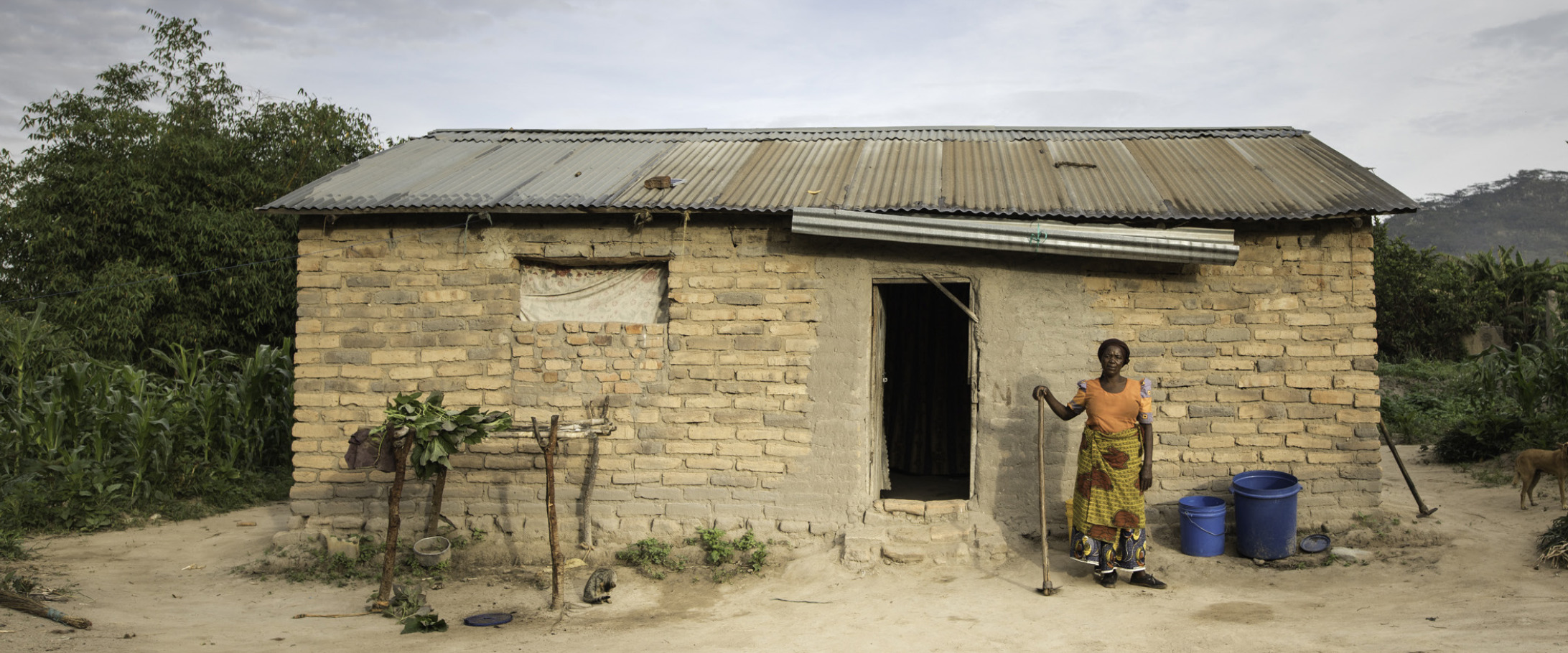How will Nepal recover from the devastating earthquakes earlier this year? And how can they become more resilient to disaster in the future? Food Security Advisor for CARE Nepal Kabir Ekramul explains how innovative farming methods could be the way forward.
Help Nepalese communities affected by the earthquakes, donate to the Nepal Earthquake Appeal today.
People often ask me – what is the best way to help people in extreme crisis. I have wrestled with this question for a long time and I have come to realise that making people capable of taking control over their lives is the best way to help them.
I came to Nepal as a food security advisor for CARE with the mindset of helping people take control of their own lives. While designing food security programs I always think about the long term implications of our actions.
It is important to help people at the time of crisis, but at the same time it is even more important to ensure that people do not depend on us completely in the future. For example, the months of June and July are the planting periods and if the farmers are not doing that then the people who depend on agricultural products will suffer as there will be low yields in the future.
The climate of Nepal varies from one place to another from plain lands, to hills and mountains. At the moment Nepal relies entirely on rice as its staple crop, but is also extremely important to grow alternative crops.
When disasters strike – such as this earthquake – people can lose all their rice fields and their entire livelihoods. They find themselves unable to grow any alternative crops because they lack the necessary knowledge to do so.
As a result they are in very real danger of facing food shortages. Therefore, intercropping – growing different crop varieties in the same field – becomes crucial.
Find out more about how CARE work in emergencies.
CARE is providing different varieties of vegetable seeds, millet seeds and paddy seeds. This means they are can practice intercropping and varying crop production.
A “Cash for work” initiative has also been introduced, supporting farmers with financial and technical assistance in return for their labour. It means they then have both the knowledge and resources to begin rebuilding their own farming livelihoods.
I’ve seen that farmers in Nepal are very resilient and hardworking. They care about their community and plan for the future together. By combining human potential and natural resources with modern agricultural practises, Nepal has a bright future ahead of it.
You can help farming communities in Nepal to recover from disaster and build their own brighter futures, donate to CARE’s Nepal Earthquake Appeal today .

